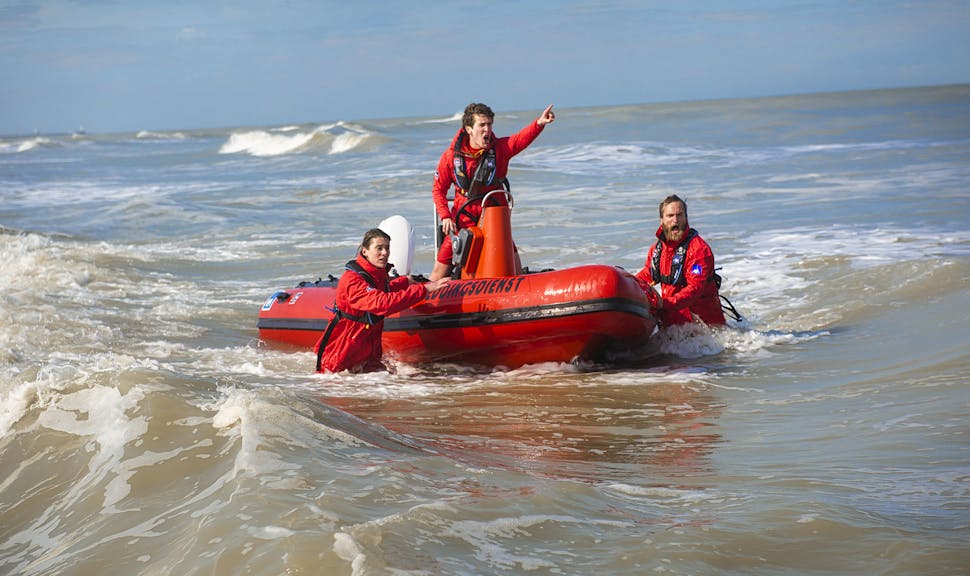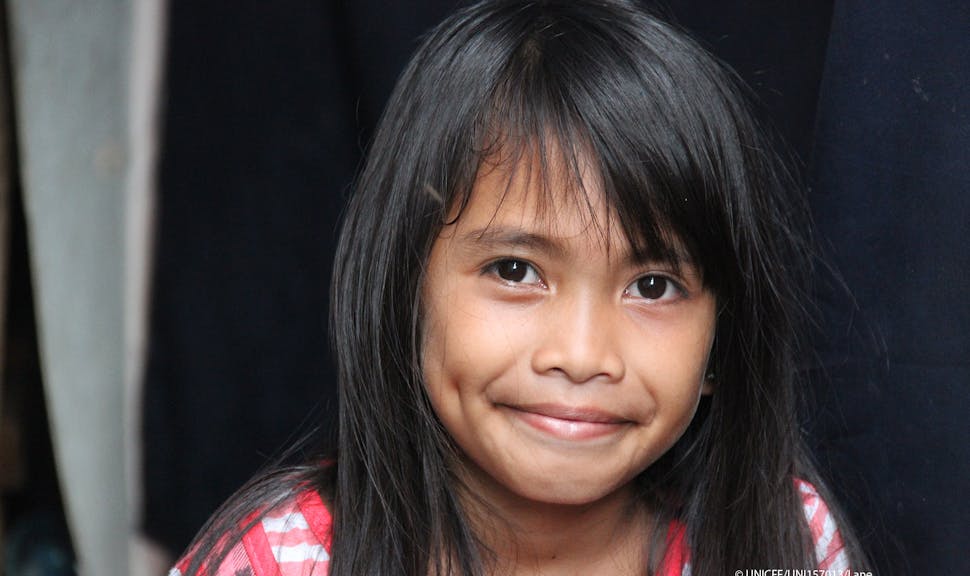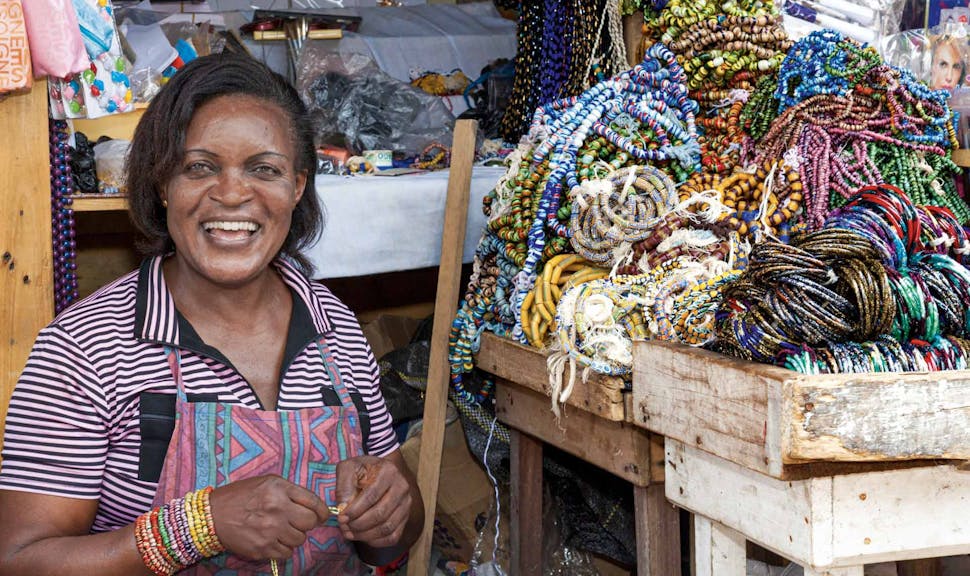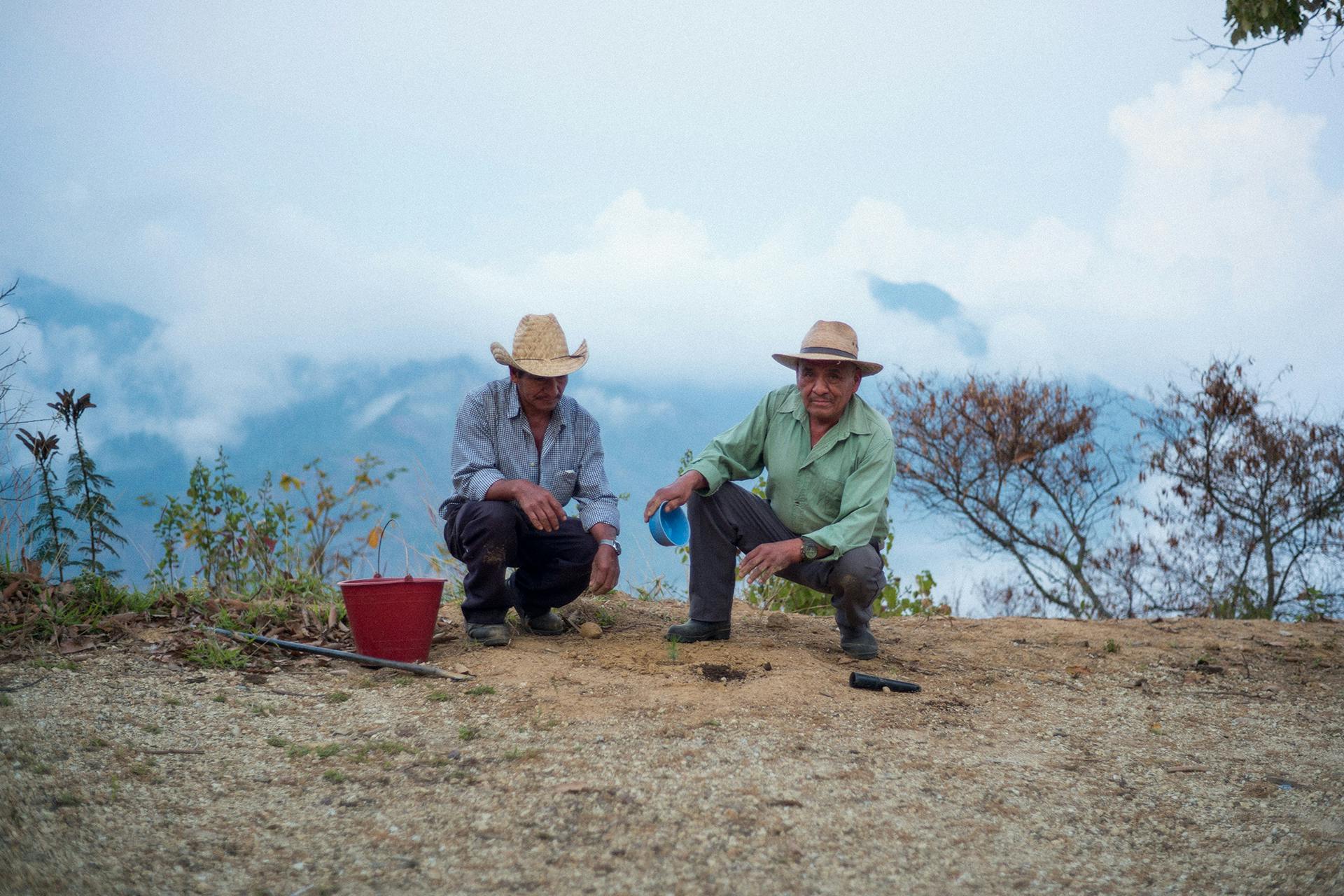

Miguel Angel Palmas TenorioJunior Water Official at WWF
March 24, 2021
"The tropical dry forest ecosystems are among the most endangered habitats in the world".
In the Copalita Zimatan Huatulco watersheds, WWF Mexico and local communities have developed reforestation and sustainable agricultural practices. Miguel Palmas, Junior Water Official at WWF, takes us behind the scenes.
4 minutes
My name is Miguel Angel Palmas Tenorio and I have an engineering degree in agroecology. When I was a kid, I used to go with my parents to plant maize in parcels grown with the milpa system*. We also used to grow edible weeds called “quelites,” squash, and beans for my whole family. My interest in studying agroecology started back then, and this passion led me to work for WWF, which allows me to match my values with my job. My job also allows me improve the livelihoods of rural communities living within the Copalita Zimatan Huatulco watersheds.
What are the main goals of the project?
WWF Mexico has been working in the Copalita Zimatan Huatulco watersheds for 17 years. The organization has focused on implementing Sustainable Water Management Models (MUSA in Spanish), a proposed water reserve that is beneficial for both nature and people and that involves water governance driven by community participation.
In the project led by AXA, as part of the effort to conserve the watershed and biodiversity in the area, the reforestation done with native species in the three levels of the watershed - with pine-oak forests in the upper level, mesophile and forest gallery in the middle level, and tropical dry forest in the lower level - helps maintain eco-systemic services.

The project also seeks to develop and strengthen community conservation enterprises (CCEs) as key actors in the decision-making processes, as well as to improve existing sustainable agricultural practices for native plant production and crops to reduce environmental threats.
Why is this project focusing on reforestation and specifically in the watershed?
The Copalita Zimatan Huatulco watersheds are located in the south of Mexico, in the state of Oaxaca. They are one of the three pilot watersheds where WWF Mexico works. The watersheds cover an area of 268,023 hectares and are home to 26 of the country’s 34 different types of vegetation. It is a unique area of endemism with different types of ecosystems: temperate, cloud, and tropical dry forests, mangroves and, finally, coral reefs. These watersheds are very interesting biologically and represent a good degree of conservation. The population of the upper and middle watersheds is composed mainly of indigenous Zapotec communities that are crucial allies in maintaining healthy ecosystems.
What are the main threats that the environment around the watershed faces?
The ecosystems in the watersheds are fragile and are highly vulnerable to land-use change and pressures related to climate change. The upper and middle levels, because of their orographic complexities, which involve deep cliffs and pronounced slopes, experience constant runoff during rainy seasons, which entail high potential for soil erosion. The dry forests in the watersheds are vulnerable to droughts for long periods of time as well.
Threats to the landscape include harmful agricultural practices, such as slash-and-burn on steep slopes for maize cultivation, which is commonly used in the area.
This practice causes deforestation and the erosion of land during rainy seasons. Therefore, more sustainable agricultural practices and crop diversification must be promoted in this area to reduce soil erosion, diversify the sources of food and income for local families, and protect the landscape.
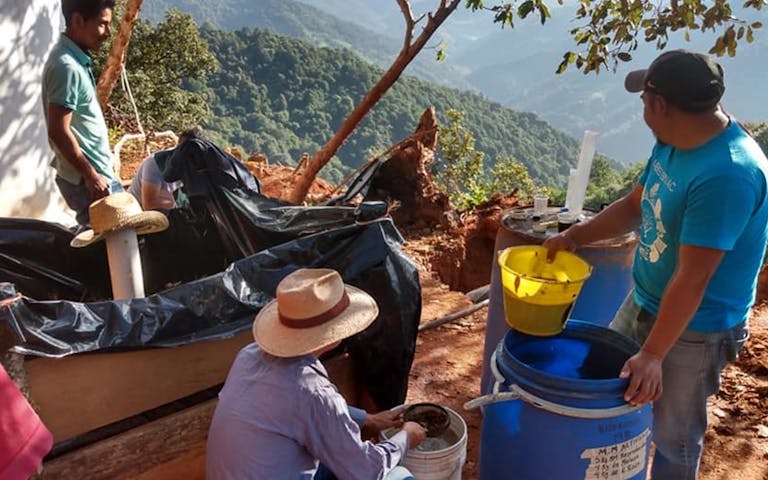
Shade-grown coffee systems in mesophile forests have high levels of fauna diversity. However, the low productivity of coffee and its high susceptibility to diseases like coffee rust, make it vulnerable to land-use change.
How is this project different from other reforestation projects?
This project is different because of the consolidation of three community conservation enterprises led by indigenous people and local communities that practice reforestation with native plants, which contributes to the protection of the biodiversity in the area.
These plants are grown with sustainable practices and agroecological innovations in three nurseries located at the different levels of the watershed:
- Alternativa Agrícola Suchixtepec in the upper level;
- Unión San Pedro para la Agricultura Sostenible Cien Sombras in the middle level;
- Los Macuiles Copalita in the lower level.
What are the specificities of The Copalita Zimatan Huatulco Watershed?
In the upper part of the watershed, in the community of San Miguel Suchixtepec, we work with Alianza Suchixtepec, a group of 6 community conservation enterprises (Yu Naban, Yin Bey, Guitani, Mbis bis, Nayé and Alternativa Agrícola Suchixtepec). Together, these community conservation enterprises are developing and promoting agroecological practices within their communities to generate production alternatives that conserve the soil, water, and the pine-oak forest ecosystem.
In the middle level of the watershed, in the community of San Pedro el Alto, we work with 6 other community conservation enterprises (Tenta Yareen, Emprendedoras Tierra Blanca, Águilas del Maguey, Zasolidarias, Goo Café and Unión San Pedro para la Agricultura Sostenible Cien Sombras), which also develop agroecological innovations related to shade coffee and vanilla production to preserve the mesophile forest ecosystem of the region.
Finally, in the lower level of the watershed, in the community of Barra de Copalita, we work with the Los Macuiles Copalita, which specializes in the reproduction and rescue of tropical dry forest species to preserve the diversity of tree species. The tropical dry forest ecosystems are among the most endangered habitats in the world.
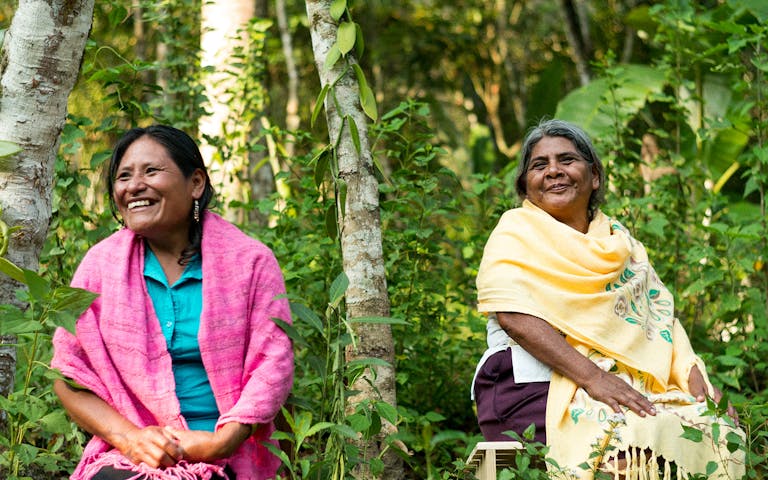
What did you achieve in 2020?
Despite COVID-19, we continued strengthening 13 community conservation enterprises; 54 men and 29 women were trained in 6 agroecological practices that nourish the soils and bring health to the land, contributing to sustainable plant and crops production. Training focused on maize conservation, the use of biofertilizers and "leacheates", as well as PH regulation of the soil and the reproduction of microorganisms.
The continuous participation of CCEs in these trainings ensures the continuity of the project in the coming years and contributes to empowering local communities; it also creates awareness of conservation, increases organic production, and strengthens local governance structures that support the conservation of the environment and local traditions.
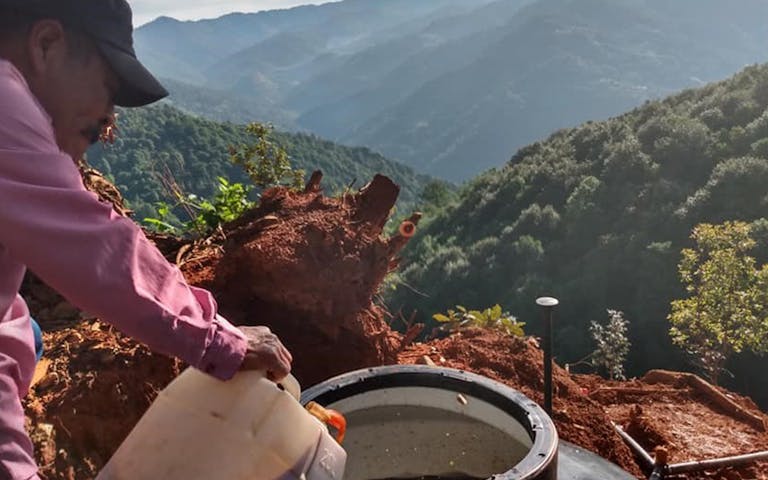
Reforestation activities took place in 7 communities located in the upper part of the watershed, and 10,000 trees were planted in the municipalities of Santa María Ozolotepec, San Pedro el Alto, and San Miguel Suchixtepec. In the middle part of the watershed, 20,000 coffee plants and shade trees were planted in the communities of Malvarisco, Loma Canela, Llano Flor, Los Naranjos, and Lagunilla, located in the municipality of San Pedro el Alto.
AXA’s engagement allows WWF to continue reforestation efforts with native species to recover the landscape and also to continue driving sustainable productive practices and agro ecological innovations, which are key components to develop a sustainable living, where people see the tangible benefits related to the conservation of nature.
The project funded by AXA establishes 4 general objectives (2020-2022):
- Restore forest landscape planting 30,000 native plant species annually, particularly in the upper parts of the watershed.
- Drive agroecological innovations and sustainable agricultural practices to reduce the impact of threats to the landscape.
- Strengthen the three community driven organizations that produce native plant species for each watershed ecosystem, including women cooperatives.
- Improve sustainable practices regarding reforestation and water use, including agroecological innovations and organic production.

